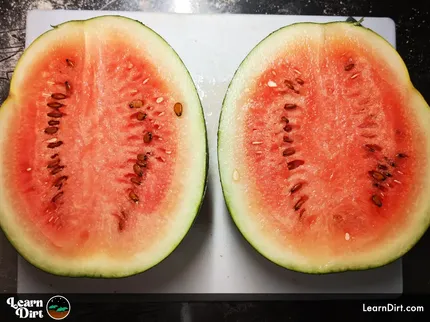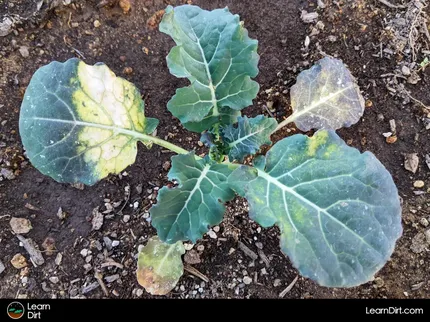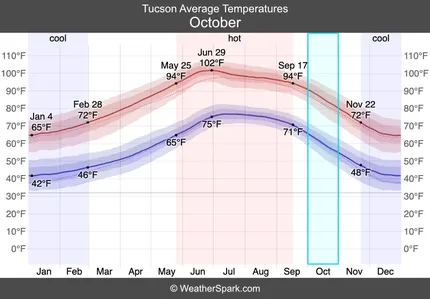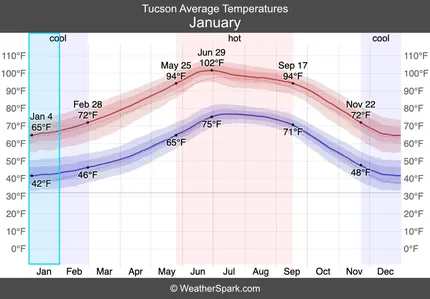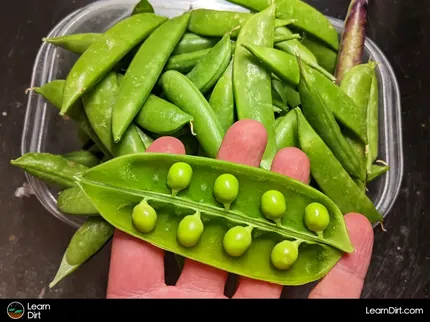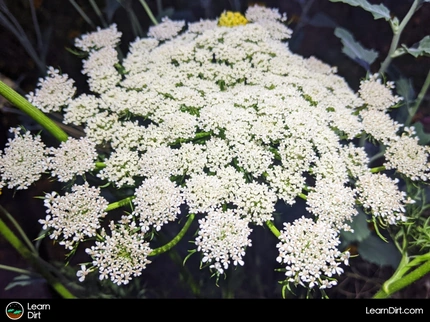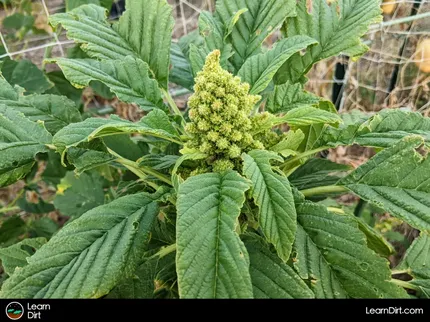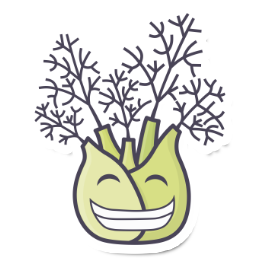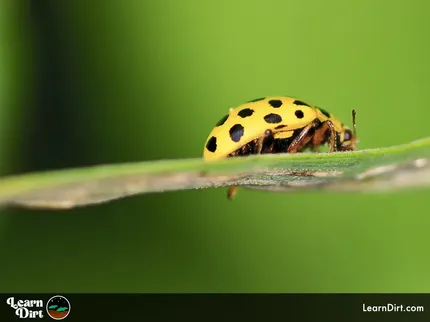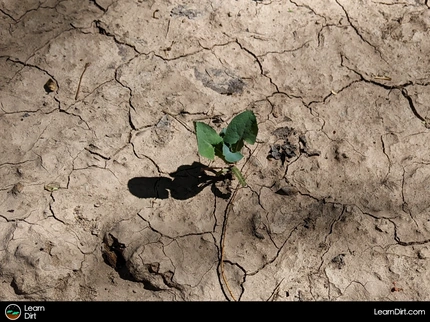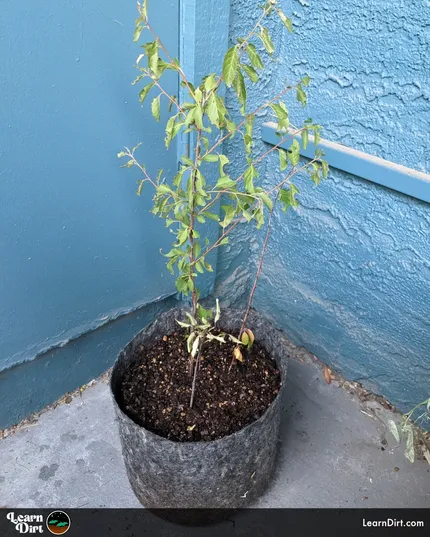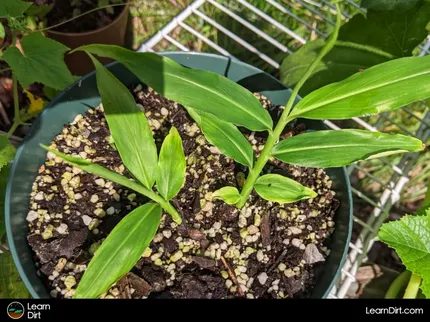Table of Contents
- Why Grow Sesame Seeds?
- What Parts of the Sesame Plant Are Edible?
- What Conditions Does Sesame Grow In?
- Can You Grow Sesame Plants From Grocery Store Sesame Seeds?
- Difference Between Black Sesame and White Sesame
- How Long Does Sesame Take to Grow?
- How to Start Sesame Plants From Seed
- Harvesting Sesame Seeds
* Our articles never contain AI-generated slop *
Sesame is often overlooked by home gardeners, but it's an awesome plant which produces a lot of seeds, and looks great while doing it.
Let's delve into this underutilized crop, and talk about how to grow your own sesame seeds.

Sesame also makes an interesting conversation-starter, because it's so unique and is rarely seen in backyard gardens. Folks will love to see how the seeds they're so familiar with grow!
Disclaimer: This post may contain affiliate links. Refer to the privacy policy for more information.
Bonus points if you make homemade bagels, bread, or even cookies - there's nothing quite like sesame seeds as a hearty and nutty topper to really send your baked goods!

Why Grow Sesame Seeds?
Garden Benefits
Culinary Uses
What Parts of the Sesame Plant Are Edible?
There is a plant called perilla (Perilla frutescens) which is commonly referred to as "sesame leaves". Perilla is NOT the sesame plant (Sesamum indicum), and recipes and culinary uses for perilla should not be mistaken for the leaves of the actual sesame plant - which are not generally used in cooking.
What Conditions Does Sesame Grow In?
Sesame Growing Temperature Range
Sesame plants are tropical plants native to India and Africa, and they love warm temperatures.
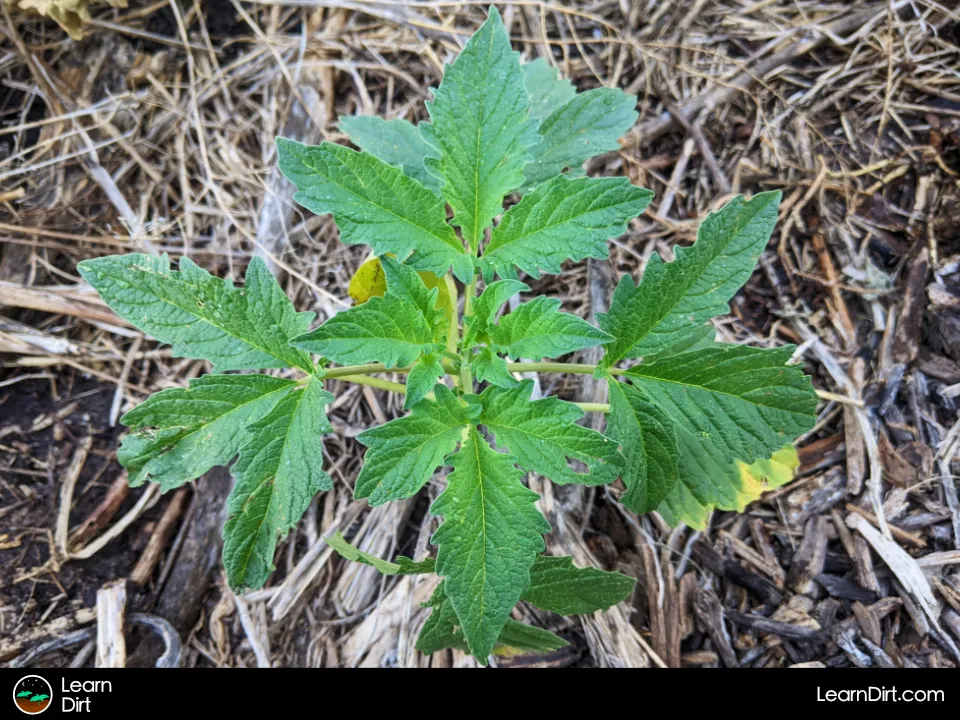
Soil Type & Drainage
Water Requirements for Sesame
Nutrient Requirements for Sesame
Can You Grow Sesame Plants From Grocery Store Sesame Seeds?
Grocery store sesame seeds go through a cleaning process which involves a steam treatment. This makes them unlikely to sprout as compared to sesame seeds specifically for planting.
That said, I have gotten a few grocery store organic sesame seeds to sprout and grow well, but the germination rate was not good.
For this reason, it's recommended that you buy sesame seeds specifically for planting in order to get a good germination rate.
Difference Between Black Sesame and White Sesame
Both black and white sesame seeds come from Sesamum indicum, the sesame plant in the Pedaliaceae family.
Join The Grower's Community
Looking for a place to meet growers,
ask questions, share knowledge, be heard,
and feel like you belong? 🌱
Check It Out!
White sesame seeds are black sesame seeds which have been hulled (the black outer hull has been removed).
Black sesame seeds contain the same base nutrient profile as white sesame seeds, with additional insoluble fiber and minerals from the black hull. This makes black sesame seeds an even healthier alternative to white sesame seeds.
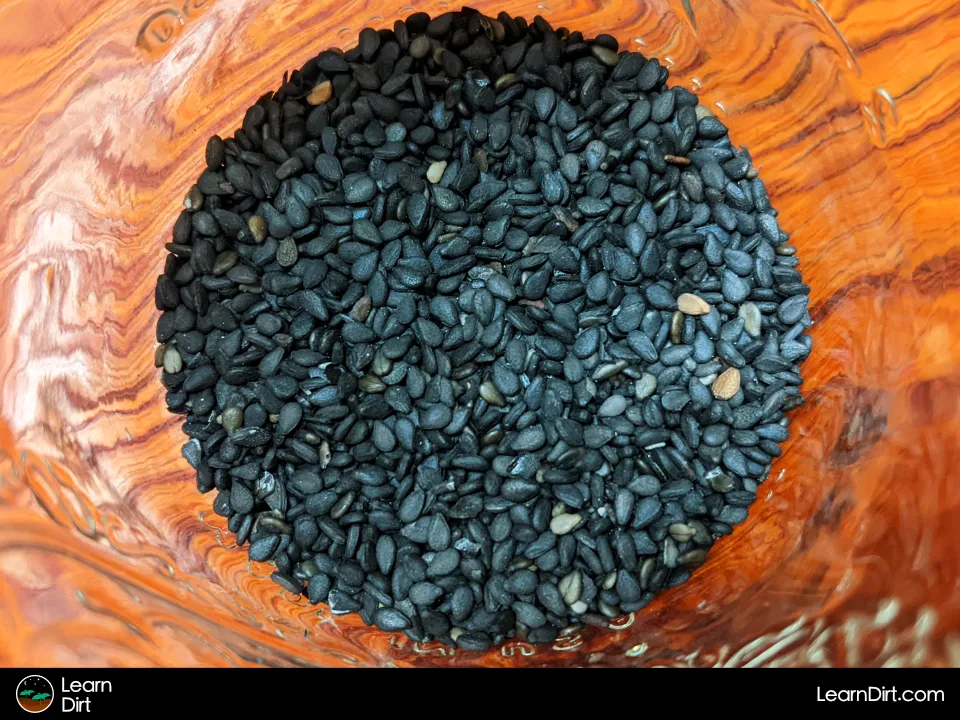
When grown at home, sesame seeds generally start out white before fully mature, and then the black hull develops later on.
How Long Does Sesame Take to Grow?
Because the seeds are what we're after, sesame takes longer to grow than many vegetables. Expect between 3 and 5 months from seed to seed harvest.
How to Start Sesame Plants From Seed
As mentioned above, the germination rate on grocery store sesame seeds is usually horrible due to the steam-cleaning process they undergo for human consumption.
Instead, grab some sesame seeds which are intended for planting.
These can be broadcast in the field, or buried up to 1/2" deep. The will do better when covered, but if you are willing to water them every day for a week or two, then broadcasting them in your garden without cover will work fine.
You can also broacast them and then cover with a thin dusting of compost, depending on how large of an area you plan to sow.
Sesame plants germinate best between 70F (21.1C) and 80F (26.6C), and will be slower to germinate outside this warm temperature range. If started indoors, you can utilize a heat mat if necessary to warm the soil up if your seed-starting area is cooler than this range.
Seeds take 1 to 2 weeks to sprout.
Harvesting Sesame Seeds
When the seed pods turn from green to brown and begin to dry out and crack, it's time to harvest!
That's all for now, thanks for reading!
If you have any questions, comments, or would like to connect with fellow gardeners, head on over to the forum and post there.

